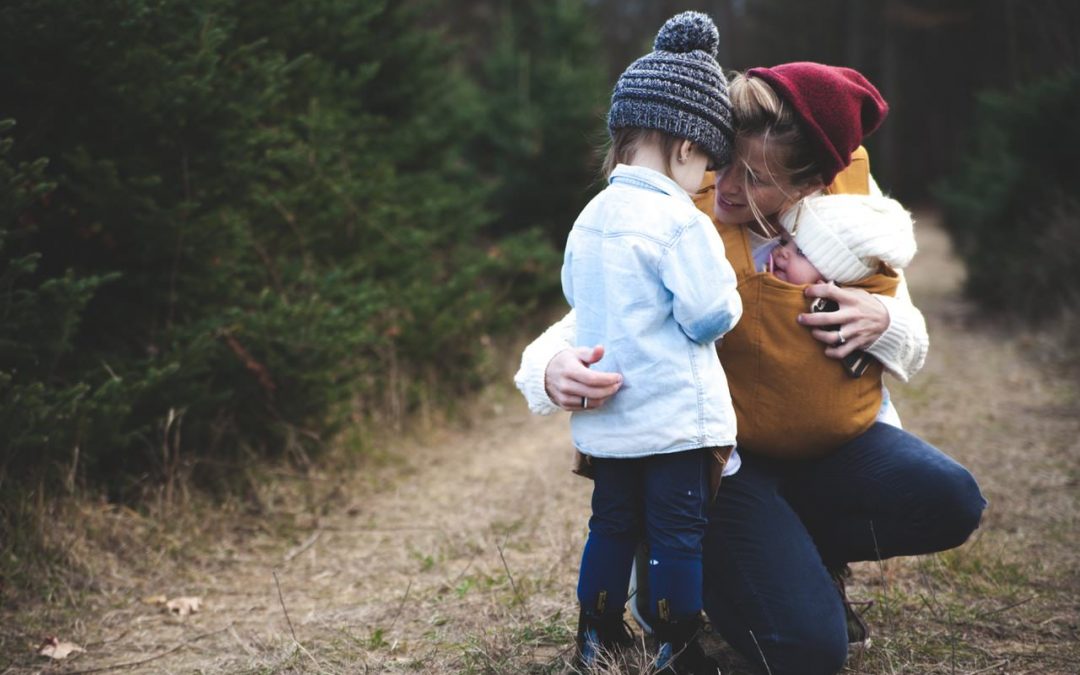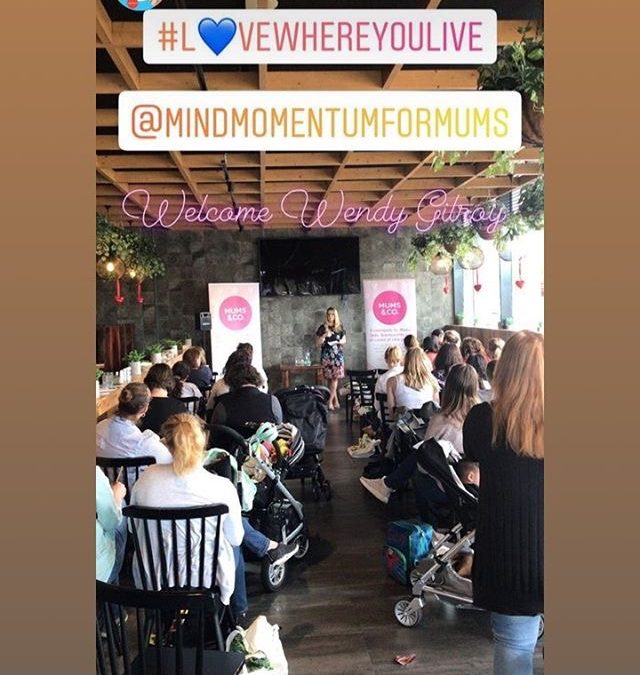Why Every Parent Needs to Know Their Child’s Love Language

If I was to ask you “What’s your child’s love language?”, what would you say?
This may be a whole new concept for you to consider, or it may be something you’ve heard about before.
Either way, it pays to get clear on the 5 love languages that can help you and your child build a stronger, safer, more trusting and loving relationship.
Learning to identify, and then ‘speak’ your child’s love language can help make a real shift in the way you parent; it can strengthen the love your child feels, their emotional security and how well understood they feel too. This can also affect their behaviour and the manner in which they respond to you.
Imagine being able to connect more deeply with your child, and feel as though you have them by your side, rather than experiencing their defiance or disinterest at times.
Author and counsellor, Gary Chapman, and author Ross Campbell outline the 5 love languages of children in their book*. Their wonderful work has created positive relationship shifts globally.
In a nutshell Chapman & Campbell (2012) outline these 5 Love Languages of Children. Using all five love languages is important to raising healthy, well adjusted and emotionally resilient children. However, finding out which of these is your child’s primary love language can make a huge impact The valuable questionnaire, which helps you identify your child’s love language is included in Chapman & Campbell (2012) book: * The 5 Love Languages of Children: The Secret to Loving Children Effectively.
1. WORDS OF AFFIRMATION
We all know how powerful words can be – whether positive or painful.
For some children, words can carry more power than we might realise. But it’s not just about saying the words “I Love You” (although this is important too!)
As a love language, words of affirmation are words that are encouraging and full of praise, they are words of affection that allow a child to feel safe, loved and secure.
Although they may be spoken quickly, a child may hold onto your words for their lifetime. This is powerful, take a moment to really think about it.
They can be words such as “I loved hearing the way you spoke to Jacob. You were being so kind and thoughtful”, “I know you tried your absolute best during your game today. I’m proud of you. You’ll get better and better the more you practice”, or “Thank you for listening when I asked you to put your clothes away. I really appreciate that, Lucy”.
Depending on the age of your child, words can be spoken or written, used openly, or as little surprises (such as adding notes for them to find in their school lunch box, or on their bedside table).
Words can be truly powerful and transformational, to a child who’s primary love language is words of affirmation.
2. ACTS OF SERVICE
If you’re a parent, you most probably feel like you’re always doing so much for others. And indeed we do – constantly!
However, for a child who speaks in this love language more often than not, they deeply value knowing that you’re there for them to help or support them when they need / want you to be there.
The daily, repetitive tasks we do for our children really are expressions of our love. We hope that our children will appreciate our acts of service, and that this will help to shape them as they grow into independent and well-rounded adults later in life.
Remembering to communicate love as we do things for our children is important – as even the best of us can become bogged down by the mundane daily chores, and this may reflect in our attitude at times.
Our children need to know that we’re there for them, that we know when they need us, and that we won’t let them down. Of course, this doesn’t mean we must always be saying ‘yes’ to all their requests – we need to take measured consideration in our response, because we need to be aware of how full their emotional cups are on any day of the week.
3. RECEIVING GIFTS
It’s fair to say that most children enjoy receiving gifts! Gift giving is a universal act of love, gratitude or celebration, and receiving gifts (as well as giving) can allow positive emotions to be felt and carried with us for years to come.
For a child who’s primary love language is receiving gifts, they will go above and beyond a happy smile and “thank you”. You’re filling their love tank, and there’s often a buzz of excitement attached to opening or using the gift for the first time. They will often see your gift as an extension of you – and they will cherish this!
A gift does not need to be expensive – it does not even need to be bought. It can be made with love and care, which has a real heartfelt gesture attached to it, in more ways than one.
When giving a gift as a gesture of love, it must be genuine, and not offered to the child for any other reason (such as good grades at school, or helping with chores at home, etc.).
Your child will love that you were simply thinking of them.
4. QUALITY TIME
Receiving a parent or carer’s undivided attention can be the most wonderful thing for many children. Yet often times, this can be the hardest thing for busy parent’s to give!
Sometimes children misbehave because they want our attention – because some attention (even when it’s negative) is better than no attention at all.
Quality time means being present with your child – on their level, in a developmentally appropriate way. By doing this, you are telling your child how important they are, and how much you like being with them.
You don’t necessarily need to go somewhere special, or spend money – it’s simply about doing something together that your child enjoys doing, whether at home, in the backyard or at the park.
Quality time could also be about getting to know your child better through conversation and sharing thoughts about their day or feelings. Bed time can be a great opportunity to share these special conversations.
Making the conscious effort to use loving eye contact, is also an important part of sharing quality time with your child too.
5. PHYSICAL TOUCH
Physical touch can be the easiest love language to speak – as we don’t need a special circumstance or reason to show physical affection to our children. And, it doesn’t cost a thing!
For some, this comes easier and more naturally than others.
It’s important to note that physical touch as a love language isn’t restricted to hugs and kisses – it can be any gentle physical touch – such as a pat on the back, gentle squeeze of the hand or arm.
Both girls and boys need physical touch as a show of love and affection – this helps children develop a healthy self esteem and sense of sexual identity.
For children who’s primary love language is physical touch, a hug can be so powerful and reassuring – and this can go a long way to filling up their emotional tank.
Every child is unique. And every child has their preferred love language.
And, each child needs to feel loved in order to flourish and be their best – and all 5 of these love languages can help our children become the best version of themselves.
By understanding and speaking your child’s primary love language, you are ‘filling their cup’ full of love…. And, you might surprise yourself with how things can change for the better.
Wendy

Wendy Gilroy is a Mother of 2, and a professional Counsellor for women. Wendy has a degree in Psychology, a Masters degree in Addiction Studies, and a Diploma of Counselling. She lives in Sydney, Australia, and offers secure ONLINE counselling for women around the world, as well as telephone, face-to-face and home visit services for mums.
Download Wendy's FREE e-guide
Tips for Reducing Stress and Anxiety in your Day.

Disclaimer: This is for information purposes only. If you have any concerns about your physical or mental health, please consult your healthcare practitioner for medical advice.





